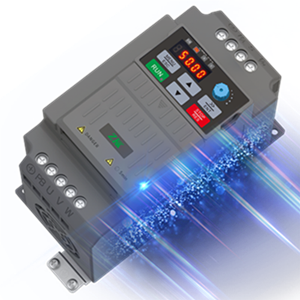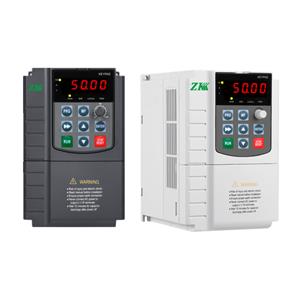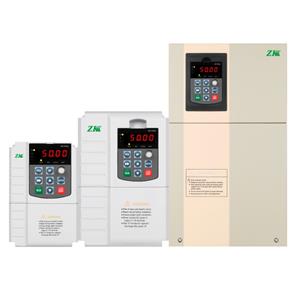frequency drive
A viable frequency drive is a type of electronic device that controls the speed of an electric motor by varying the frequency of the electrical input. It is commonly used in industrial and commercial applications to provide precise control over motor speed and improve energy efficiency. The frequency drive, also known as a variable frequency drive (VFD) or adjustable speed drive (ASD), consists of a rectifier, DC link, inverter, and control system. The rectifier converts the incoming AC power into DC power, which is then stored in the DC link. The inverter converts the DC power back into AC power with variable frequency and voltage, allowing for precise control of the motor speed. By adjusting the frequency and voltage supplied to the motor, the frequency drive can regulate the motor speed according to the desired requirements. This allows for smooth acceleration and deceleration, as well as the ability to run the motor at different speeds for different applications. The benefits of using a viable frequency drive include energy savings, improved motor performance, reduced wear and tear on equipment, and enhanced process control. It can also provide protection against motor damage by monitoring and adjusting various parameters such as voltage, current, and temperature. Overall, a viable frequency drive is an essential component in modern motor control systems, offering flexibility, efficiency, and reliability in a wide range of applications.
Get the latest price? We'll respond as soon as possible(within 12 hours)
more products
News
Featured Products
Contact Details




